The playlist for this show is at the end of this post.
This is an old Japanese 78 RPM record about a Minnesota egg salesman who traveled around Japan. It was a big hit back in the day. I didn’t know what the song was about until a very excited phone call during a radio show one day in 2004.
I had been playing some of these old Japanese records that I’d just gotten. This one had an English title and very clearly the word Minnesota in it. After the song ended the phone rang. On the other end was a man almost yelling and laughing loudly. He was listening while driving through town and couldn’t believe what he was hearing. He said that when he was in his early 20’s he had lived in Japan doing missionary or Peace Corps work. When he would mention to elderly people that he was from Minnesota they would smile big and say: “Oh. Minnesota Egg Salesman”. He knew it was a song but had never heard it before that morning. For me, until that point, it was another interesting find but for him it was so much more. He was so happy to finally hear the song. This type of experience is what community radio is all about. Priceless momentary unplanned connections you achieve with unknown and unseen listeners.
A good idea is worth ripping off, er, researching further. Radio Rumpus Room had their All-Japanese Sukiyaki Stomp (which you all should listen to on our archive while you have the chance). So, on Tuesday December 4th we presented 2 hours of songs and music from pre and post WW 2 Japanese Pop 78 RPM records. This is the sort of stuff that should be listened to in history class. The delightful and sad; boogies and rhumbas, and a visit from the Minnesota Egg Salesman. These records are part of one of my prized obsessions and we listened to less than 1/2 of them today. Most of these records have little or no English on the labels, so the following playlist is vague in places.
A.U. stands for artist unknown. U.T. stands for unknown title.
A.U. – Shamissen Boogie
Album: Memories Of Japan; Label: Victor MJ 2
A.U. – Beloved Bolero
Album: ; Label: Eagle N116
A.U. – Yeh-Lai-Hsiang / Omoide No Byakuran
Album: ; Label: Victor – Black V-40303
A.U. – Tokyo Sayonara
Album: Memories Of Japan; Label: Victor MJ 1
A.U. – U.T.
Album: ; Label: Columbia – Black A 430
A.U. – Tokyo Boogie
Album: ; Label: Columbia – Black A 339
A.U. – From The South
Album: ; Label: Columbia – Black A 334
A.U. – San Francisco no China Town
Album: ; Label: Victor – Black V-40521
A.U. – U.T.
Album: ; Label: Victor – Black 52533 B
A.U. – Hawaii Kokubin
Album: ; Label: Victor – Black V-40521
A.U. – Ginza Girl
Album: Memories Of Japan; Label: Victor MJ 1
A.U. – The Story Of Nagasaki
Album: Memories Of Japan; Label: MJ 5
Betty Inada with Buckie Shirakata His Aloha Hawaiins – Sioux City Sue
Album: ; Label: Teichiku C-3070
A.U. – Tanko Bushi
Album: ; Label: Teichiku C-3120
George Shimabukuro Chi Yoko Shimakura – Tanko Bushi
Album: Best 10 from the Land of the Rising Sun 10; Label: Eagle AL-103
Chiemi Eri – Come On-A My House
Album: ; Label: King C-791
Columbia Female Chorus Columbia Orchestra – China Night
Album: Best 10 From The Land Of The Rising Sun; Label: Eagle AL-103
Hibari Misora with Columbia Orchestra – The Soba Song
Album: Best 10 From The Land Of The Rising Sun; Label: Eagle AL-103
A.U. – Hill Of Pure Heart
Album: ; Label: Columbia – Red A 93
A.U. – U.T.
Album: ; Label: Columbia – Red A 142
A.U. – U.T.
Album: ; Label: Columbia – Red A 142
Mari Minami – Yuuyake Koyake (Evening Glow)
Album: Club Nisei; Label:
The Peanuts – The Mothra Song
Album: The Best Of Godzilla 1954 – 1975; Label: GNP Cresendo
A.U. – Minnesota no Tamago-Uri
Album: ; Label: Victor – Black V-40548

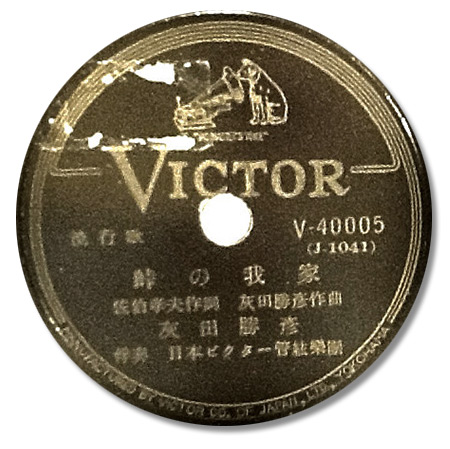
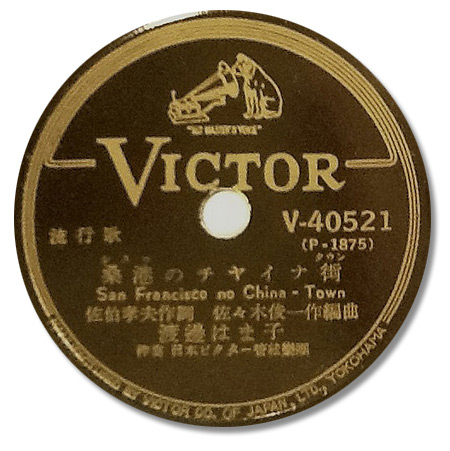



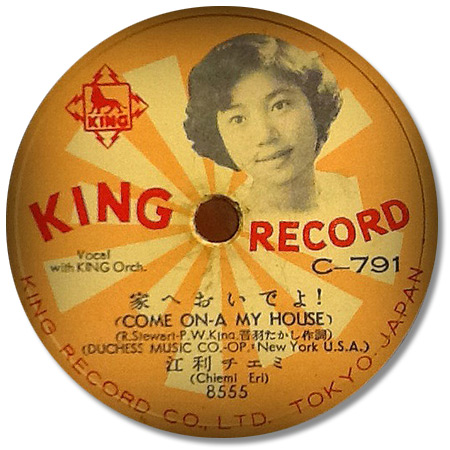
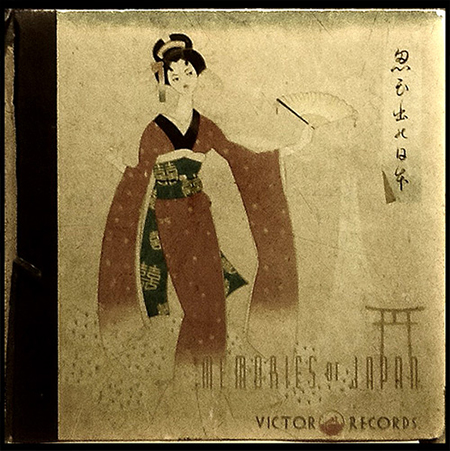

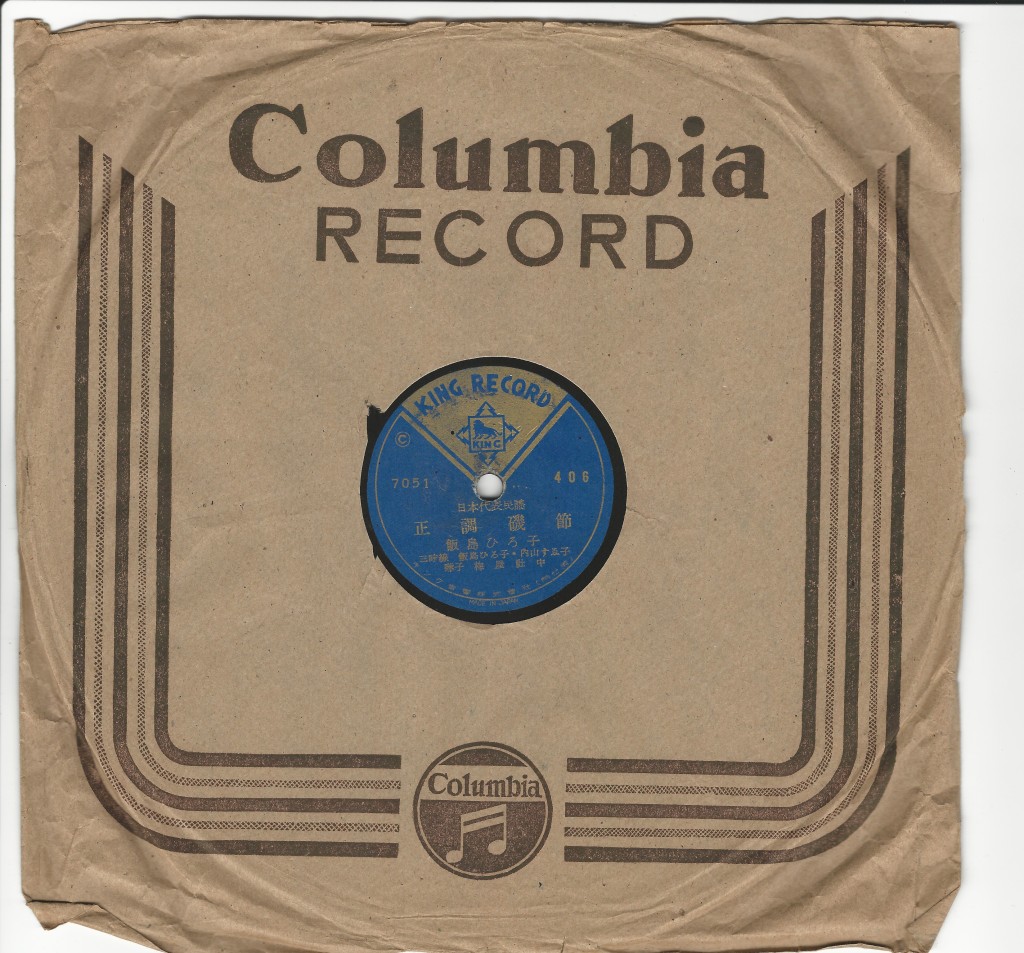
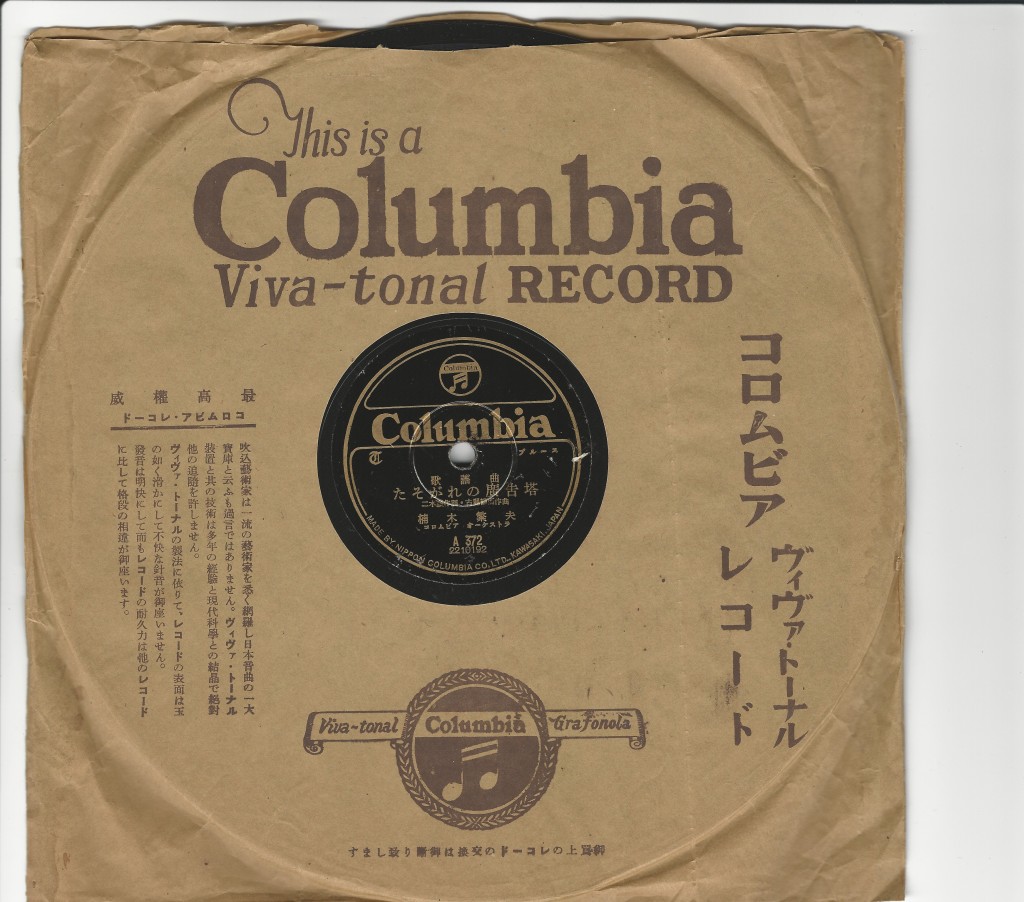
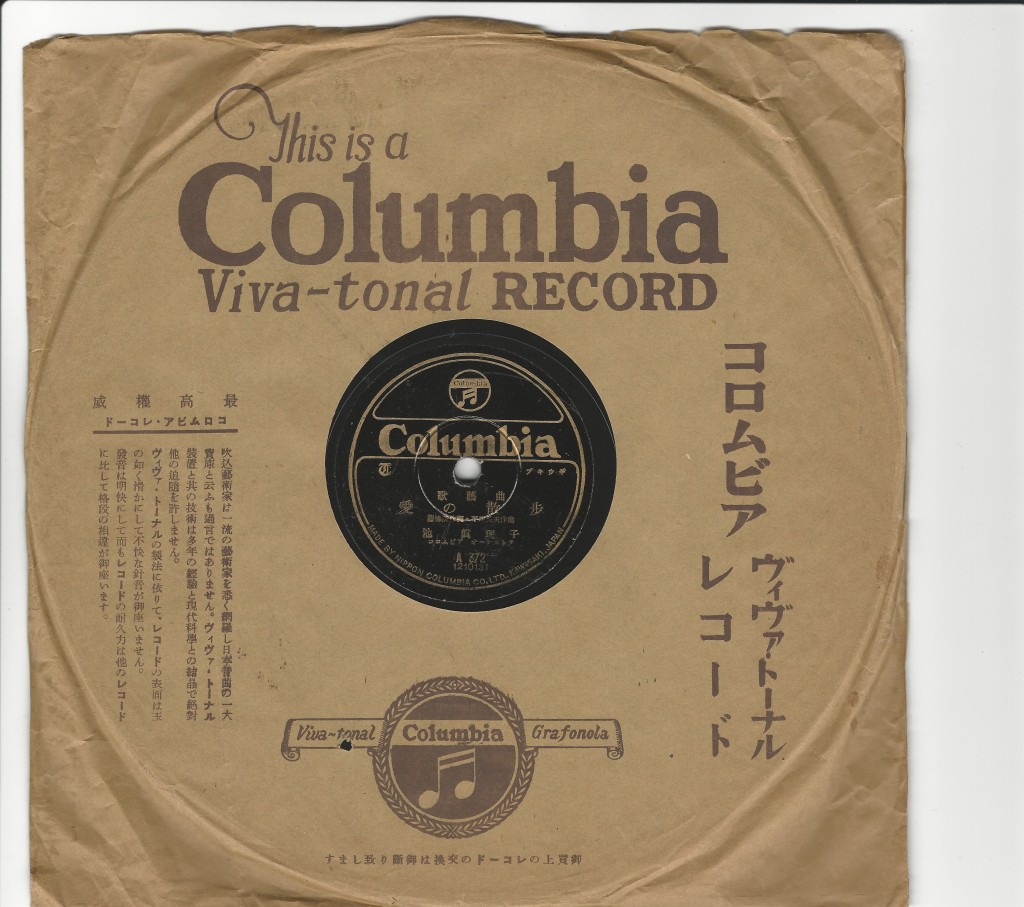
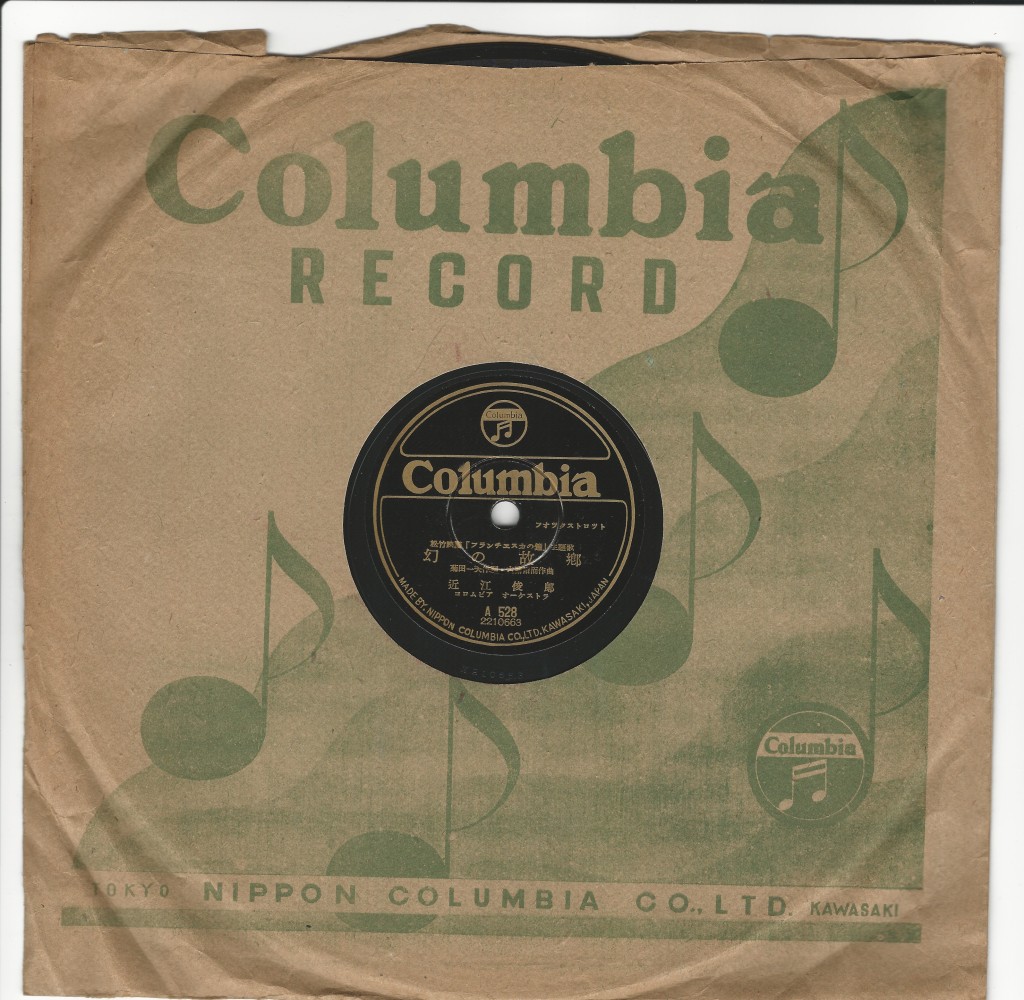
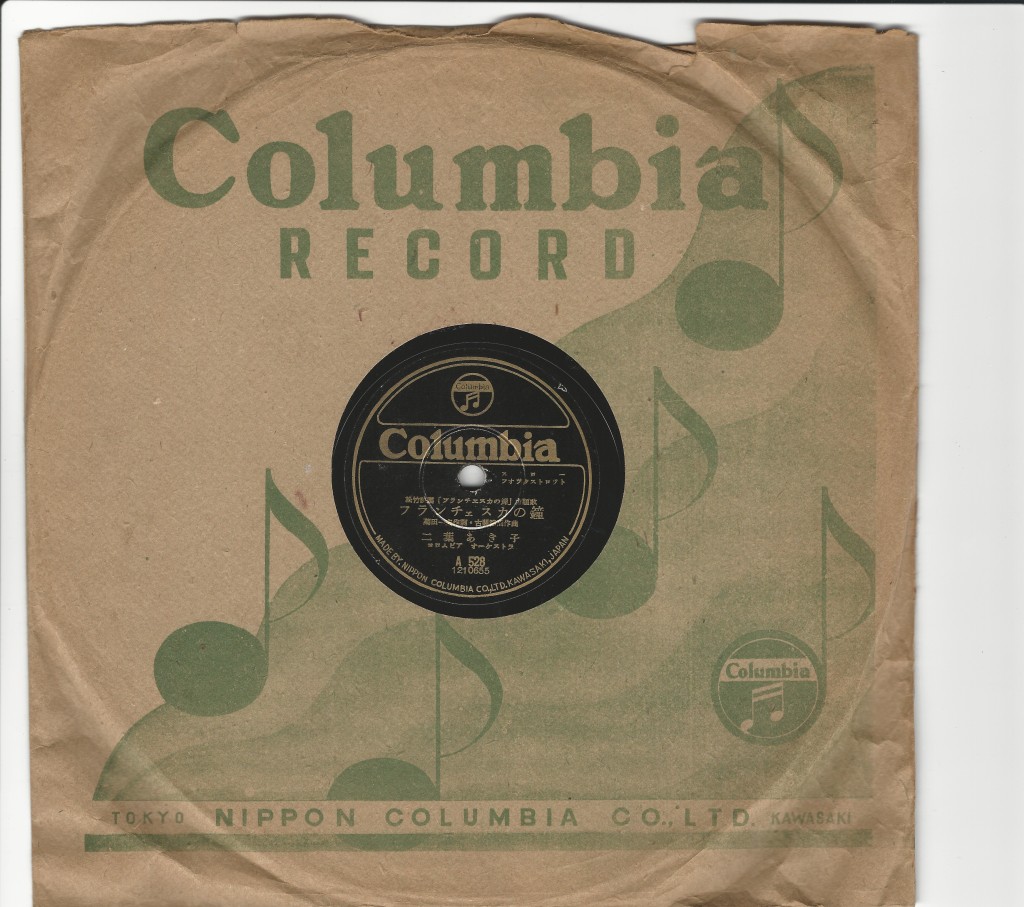
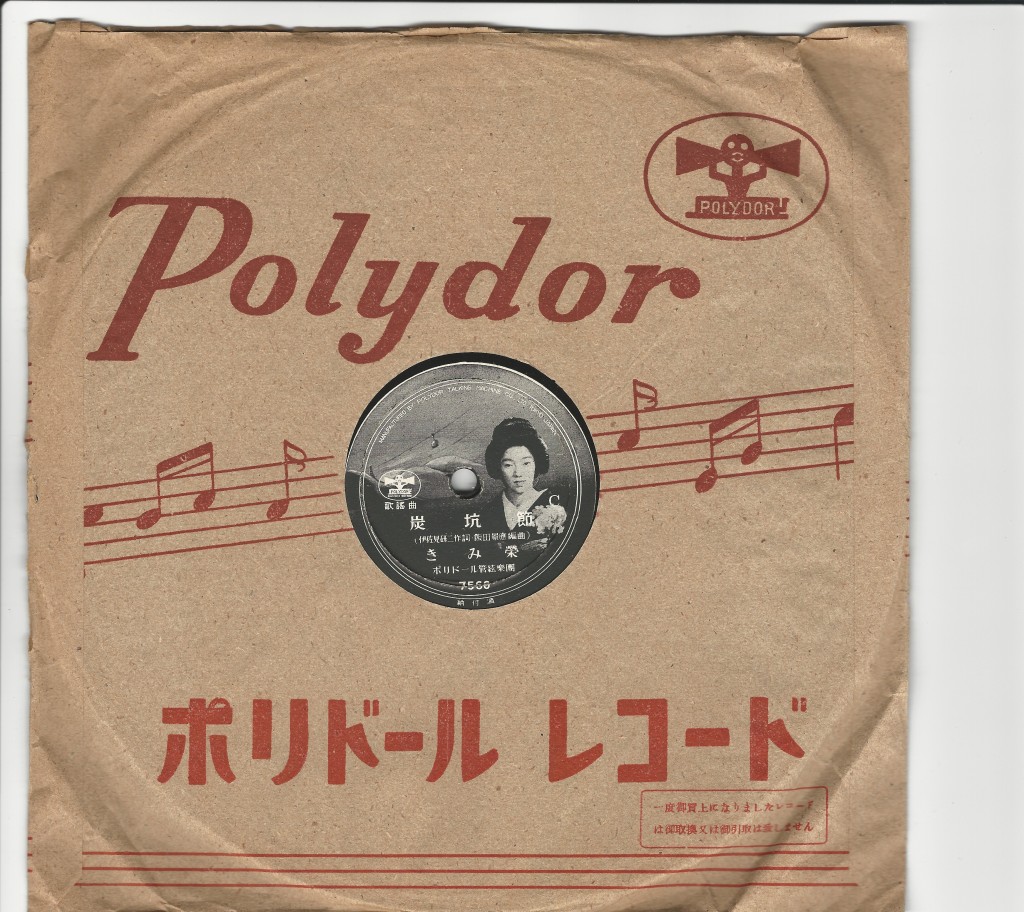
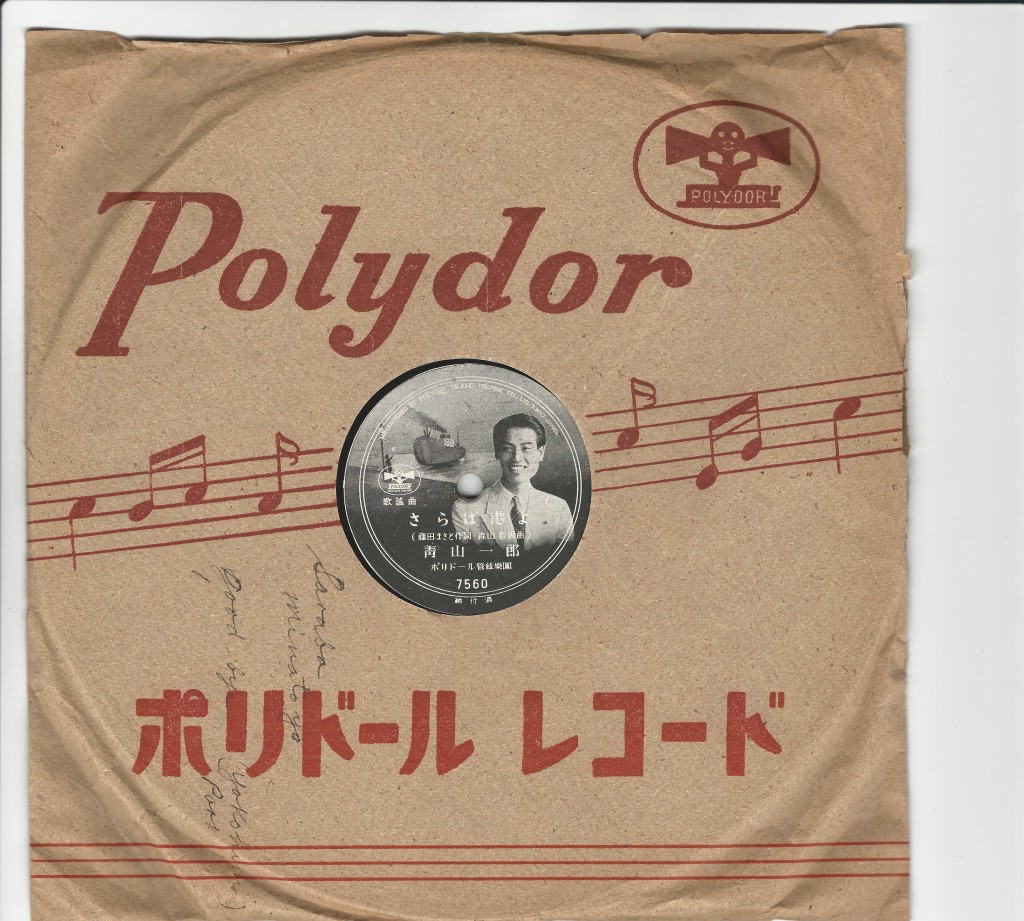
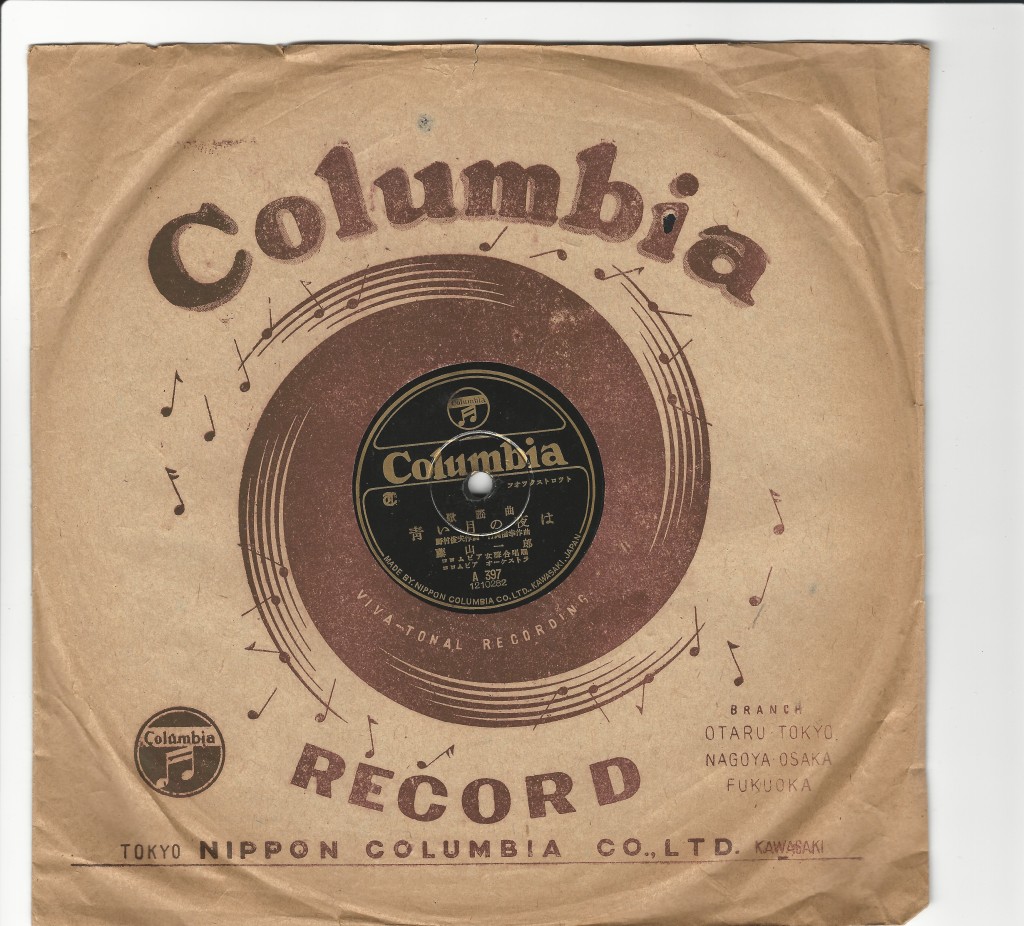
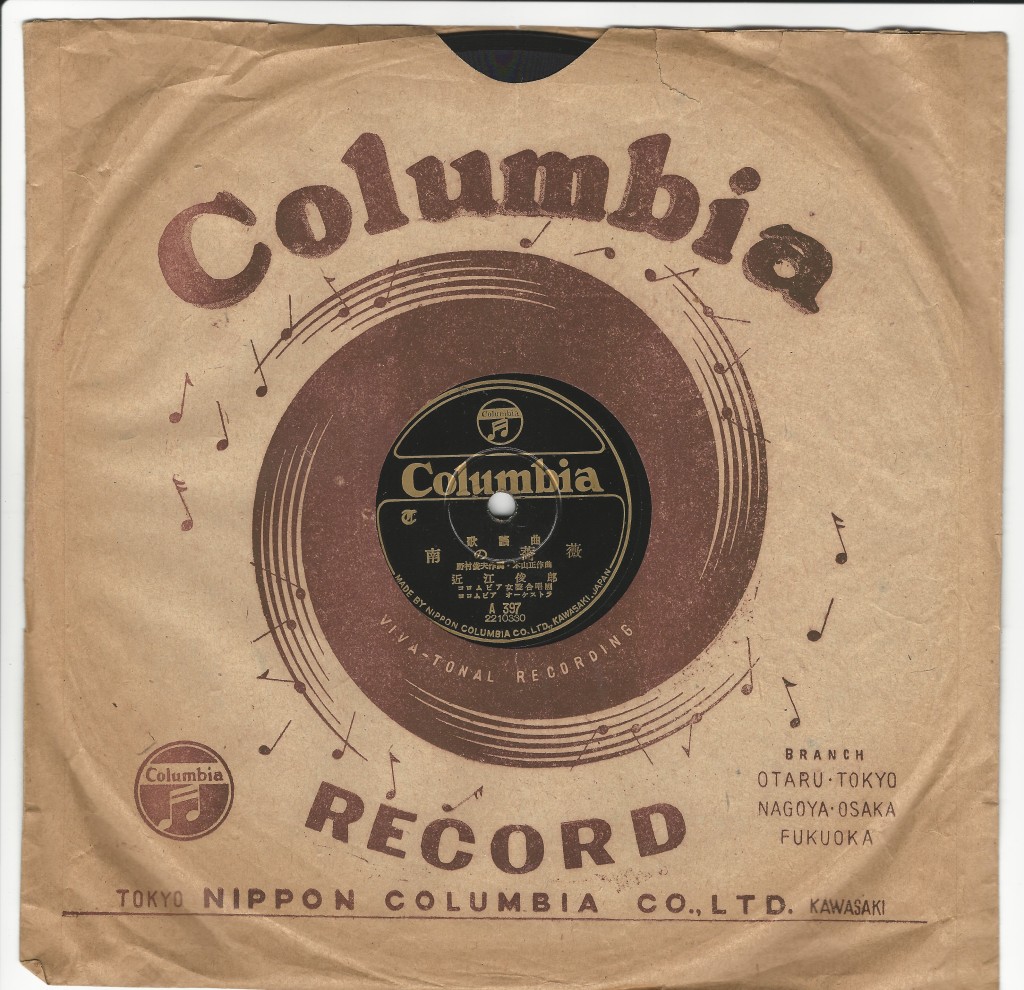

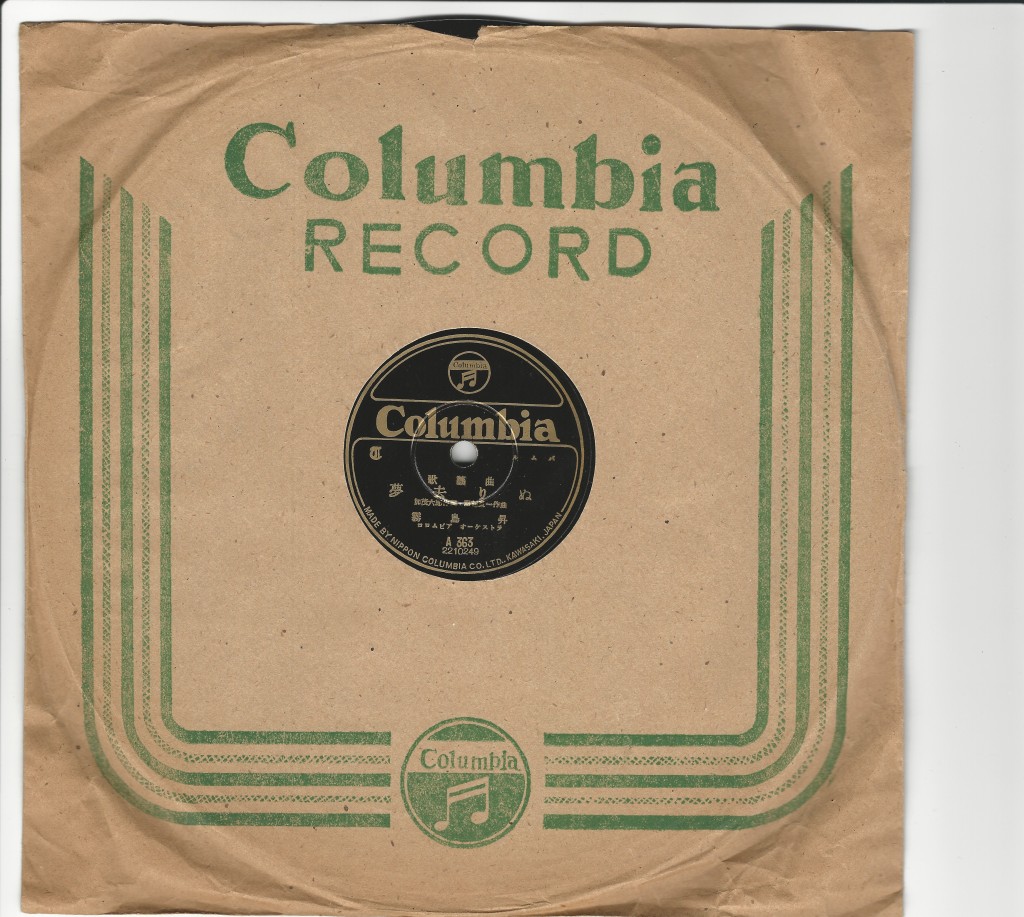
Wow! Thank you for commenting on this song. I’m from MN, but currently I live in Japan currently and the manager on my baseball team mentioned this one night. We were having a little BBQ/drinking at his place and suddenly he bursts into this little story about this song. He talked about how it was really popular back in the day. I thought he was crazy there was a song about selling eggs in Minnesota.
After a few weeks of searching I finally found a video online and watched it. Sure enough, selling eggs in Minnesota. It made my entire month.
Best thing is: it’s actually a rather awesome song.
Uhhh…. editing didn’t go so well. Excuse the few typos in there, please.
What a great story! Thanks for letting me know this, and it is an awesome song. What is the video like? I really like the image of your team manager talking up the song at a bbq, I could see that happening here or in a thousand towns after a game at a friends picnic. I guess some things like music and situations are universal.
I was searching the internet for some info about this song and found your blog and radio show archives. I am also from Minnesota and heard about the Minnesota egg seller song when I was teaching English in Japan in the late ’90s. I wish I had followed up on it at the time because I learned some old songs to surprise people with during endless rounds of karaoke and this one would have been a hit, I’m sure.
I can identify some of the missing artists for you if you like. I have some of these songs from their release on “classic” compilation CDs and from what I can tell, you chose some tracks that were quite famous in their day.
Shamisen Boogie is by a singer with the stage name of Ichimaru. On your label the “Ic” part is gone but you can faintly make out the “himaru.” Here is her wiki page in English; Shamisen Boogie dates from 1949 and is mentioned in her recording history.
http://en.wikipedia.org/wiki/Ichimaru
Yeh-Lai-Hsiang / Omoide No Byakuran dates from 1950 and is by Yoshiko Yamaguchi. She is apparently still alive and has had an amazing life. You can find out about her here.
http://en.wikipedia.org/wiki/Yoshiko_Yamaguchi
“Ginza Girl” is Ginza Kankan Musume from 1949 by Hideko Takamine, who was famous as an actress and acted in some of the greatest Japanese films of all time. You can see her in many films by the Japanese director Mikio Naruse and in a film called Twenty Four Eyes. Criterion has released these in the U.S.
http://en.wikipedia.org/wiki/Ginza_Kankan_Musume
http://en.wikipedia.org/wiki/Hideko_Takamine
Tokyo Boogie is from 1948 by Shizuko Kasagi who was known as “Queen of the Boogie Woogie.”
http://en.wikipedia.org/wiki/Shizuko_Kasagi
I recognized some others too but will stop here. If you still check this blog and are interested, I can probably identify a few more if I listen again.
Thanks for posting your show. It was fun to hear the original records.
Here’s some additional info about some of your records.
I forgot to mention Minnesota no Tamagouri last time. This is by Teruko Akatsuki and according to her fansite was released in February 1951. She doesn’t seem to have an English wiki page but there is some info on her fansite.
http://terukoakatsuki.com
Here is a young singer named Aiko Moriyama doing a cover of this song on TV. You can tell the older audience knows this song well.
“Story of Nagasaki” is 長崎物語 (Nagasaki Monogatari) and the only version on my comp CDs is by Yuri Akemi from 1939. The version you have is by Aiko Saida and is perhaps a cover of the 1939 release. I did find yours on youtube on the Victor label. If you wanted a date you could maybe research the number (Victor-40028)? Your copy sounds much clearer than the one on youtube.
Eri Chiemi was an actress and singer who seemed to feel comfortable singing in English and other languages. She did dozens of covers of western hits in all styles.
http://en.wikipedia.org/wiki/Chiemi_Eri
Here is a youtube playlist gathering many of her covers of western hits.
I will check back with some more later.
Sorry, I forgot this one…you asked an earlier commenter about the clip of “Minnesota.”
Here is a 30 sec. clip of Teruko Akatsuki doing the song. Maybe this is the one your earlier commenter had watched.
I’ve been trying to get this information, too. Just heard the song on NHK radio again today. Turns out that the video clip above comes from the movie “Sasurai no Tabiji” (さすらいの旅路, Wandering Journey, 1951). The credits list composer Ichirou Tone (1918-1991, real name Ryoubu Onda), and lyrics by Takao Saeki (1902-1981, real name Takao Izumi). According to the Japanese wiki entry for Tone, the song was published in 1951. (And for what it’s worth, I used to be one of the members of Shockwave on KFAI in the 80’s.)
A couple more–
San Francisco no Chinatown is by Hamako Watanabe and dates from 1950. Here is her wiki page.
http://en.wikipedia.org/wiki/Hamako_Watanabe
According to google, Hawaii Kokubin (Hawaii Airmail) was a song done by Kiyoshi Utsumi. He sang this song on the famous NHK New Year’s singing competition in 1952 so it probably came out in 1951. If you want to check your label to see if it is the right one, the characters look like this.
Hawaii Kokubin is ハワイ航空便
Kiyoshi Utsumi is 宇都美清
A kind youtuber and 78 record collector has given some information about “To the South”:
TO THE SOUTH by Junko Mihara c.1942
This was sung by a famous Japanese movie star and singer, Junko Mihara (1920 – 1959).
This song “To the South, To the South!” is a famous fascist war propaganda song of the
WWII period.”
I also have this song in a CD collection called “The War Years” of songs from 1941-45 so the dating seems to be accurate.
Avoiding work this morning so thought I would identify a few more songs!
“Beloved Bolero” is by Ichiro Fujiyama and was released in 1951. It is also known as 懐かしのボレロ (Memories of Bolero).
http://en.wikipedia.org/wiki/Ichir%C5%8D_Fujiyama
The Peanuts are twin sisters (Emi and Yumi) who were a well known pop group in the 1960s. According to their wiki page, they had an acting role in the movie “Mothra” (1961). Emi passed away in 2012.
http://en.wikipedia.org/wiki/The_Peanuts
As a point of interest, someone posted a translation of “The Mothra Song” in English as follows:
Mothra oh Mothra
Hear our call for you to save us
over time, over sea
like a wave you come
our guardian angel
Mothra oh Mothra
the people have forgotten kindness
their spirit falls to ruin
we shall pray for the people as we sing
this song of love
Yuyake Koyake, from what I’ve read, is a children’s song. I heard this played over loudspeakers at schools at the end of the day when I was teaching in Japan but never knew the story behind it. There is a website that talks about the song and translates the lyrics.
http://www.kirainet.com/english/%E5%A4%95%E7%84%BC%E5%B0%8F%E7%84%BC%E3%81%91-yuyake-koyake/
Club Nisei is the title of a CD so I guess you have the dating from that.
Hill of Pure Heart is another record by Hamako Watanabe and is the b-side of her single “China Night” which according to her wiki page came out in 1938. The Columbia Red A 93 on the discogs page matches your label.
http://www.discogs.com/Hamako-Watanabe-China-Night-Hill-Of-Pure-Heart/release/4529905
“The Soba Song” is by Japanese cultural icon Misora Hibari and dates from 1953. Here’s a cool video of someone playing this on an old phonograph.
http://en.wikipedia.org/wiki/Hibari_Misora
The story of Betty Inada is fascinating. She left her home in Sacramento in 1933 at age 19 to go to Japan, despite barely speaking Japanese. She became a singer and actress and according to the wonderful article linked below, became the “most popular female jazz singer of prewar Japan.”
http://www.midtownmonthly.net/blog/betty-inada-a-sacramento-flapper-on-the-silver-screen/
Teichiku C-3070 Sioux City Sue (w/ Malihini Merry on the other side) is listed by the collector in the video as dating from 1946.
A little more information about this Betty Inada record can be found at the link below. Note the handwritten explanation of the meaning of “Malihini Merry.”
http://www.rootsvinylguide.com/ebay_items/betty-inada-mahalini-merry-sioux-city-sue-hawaii-japan-78-rare-with-sleeve
Original jacket and label for Hibari Misora’s The Soba Song, 1953.
http://www.discogs.com/viewimages?release=5758652
Tanko Bushi by George Shimabukuro and Chiyoko Shimakura was released as a single in August 1956 and the compilation LP “Best 10 from the Land of the Rising Sun” that you have was released in May 1958.
Chiyoko Shimakura was considered “the Goddess of Enka,” according to her wiki page and had a long career as a singer and t.v. presenter. She passed away in November 2013.
http://en.wikipedia.org/wiki/Chiyoko_Shimakura
http://www.discogs.com/Yukie-Kubo-George-Shimabukuro-Chiyoko-Shimakura-Yatton-Bushi-Tanko-Bushi/release/5316395
http://www.discogs.com/Various-Best-10-From-The-Land-Of-The-Rising-Sun-Vol-1/release/4262653
“China Night” from your compilation LP is by Ho Mei Fan and was originally released as a 45 single in December 1957.
http://www.discogs.com/Ho-Mei-Fan-China-Night-Nagasaki-No-Ocho-San/release/5316160
Interesting article with more history of the song China Night. The original recording of the song was by Hamako Watanabe, who performed two of the other songs in your show. However, according to discogs.com, the version from your compilation by Ho Mei Fan is a later cover version.
This post got me studying Japanese again a few months ago and I have been translating some songs for language practice. I thought I would be fun to do Minnesota No Tamagoeri so I did a rough translation of it in case you are interested in knowing the basic meaning of the lyrics.
コッコッコッコッ コケッコ (sound of chickens clucking – kokokokokokekko)
コッコッコッコッ コケッコ
私はミネソタの 卵売り I am a Minnesota egg seller
町中で一番の 人気者 I am the most popular person in town
つやつや生みたて 買わないか Shiny, freshly laid eggs you buy
卵に黄身と 白味がなけりゃ If there is no yolk and white in the egg
お代は要らない There is no charge
コッコッコッコッ コケッコ
コッコッコッコッ コケッコ
コッコッコッコッ コケッコ
私はミネソタの 卵売り
町中で一番の のど自慢 I am the best singer in town
私のにわとり 素敵です My chickens are wonderful (lovely)
卵を生んだり お歌のけいこ The eggs are natural like the way I practice singing
ドレミファソラシド Do re mi fa so la ti do
コッコッコッコッ コケッコ
コッコッコッコッ コケッコ
コッコッコッコッ コケッコ
私はミネソタの 卵売り
町中で一番の 美人です I am the most beautiful woman in town
皆さん卵を 食べなさい Everyone, eat my eggs
美人になるよ いい声出るよ I have become a beautiful woman who sings out with a nice voice
朝から晩まで From morning until night
コッコッコッコッ コケッコ
Happy to find your site. I have these records in a traditional Japanese wooden carrying box from the era :
Tokyo Rhapsody (1936, Teichiku)
Junjou no Oka (Pure Heart Hill, 1939, Colombia)
Nagasaki Monogatari (Story, 1939, Victor)
Nagasaki no Ochosan (1939, Colombia)
Minami no Hanayome san (Southern Bride/From the South, 1943 Colombia)
Soyokaze (1945 movie Soyokaze, Colombia)
Ai no Kobako (My dear little box, 1948, Colombia)
Ahiru no Sentaku (Duck washing, 1948, Victor)
Mura no Musume (1948, Colombia)
Happy to find your site. I have these 78rpm records in a traditional Japanese wooden box :
Tokyo Rhapsody (1936, Teichiku)
Junjou no Oka (Pure Heart Hill, 1939, Colombia)
Nagasaki Monogatari (Story, 1939, Victor)
Nagasaki no Ochosan (1939, Colombia)
Minami no Hanayome san (Southern Bride/From the South, 1943 Colombia)
Soyokaze (1945 movie Soyokaze, Colombia)
Ai no Kobako (My dear little box, 1948, Colombia)
Ahiru no Sentaku (Duck washing, 1948, Victor)
Mura no Musume (1948, Colombia)
Mr. Gosh, I looked for Minnesota Egg Seller and this is the first site that appeared. I was talking with my wife (born in Tokyo 1949, left for Canada in 1977) about this song. She insisted that she had never heard it (came out in 1951 by Akatsuki). I played it and she said YES, her mother used to sing along in the 1960s, “Ko ko ko ko kokeko (clucking of a chicken)…. Minnesota egg seller”. Lots of fun.
I was in Shimane, west Japan on the coast, in about 1983, went out with some guys for dinner. When I said that I was from MN, one asked about all the chickens there; What?? I said. Yes, he said, must be a lot of chickens because there are lots of eggs… What???? I said. That is when he and he friends, in their 40s, broke into song about the MN Egg Seller. I explained that MN is a nice sounding word for a song but that there are not so many chickens in the state – too cold. Still, good memories, and even more, nice to hear the song, and to see that other Minnesotans also were asked the same thing. Keep it up. Jeff, Ottawa